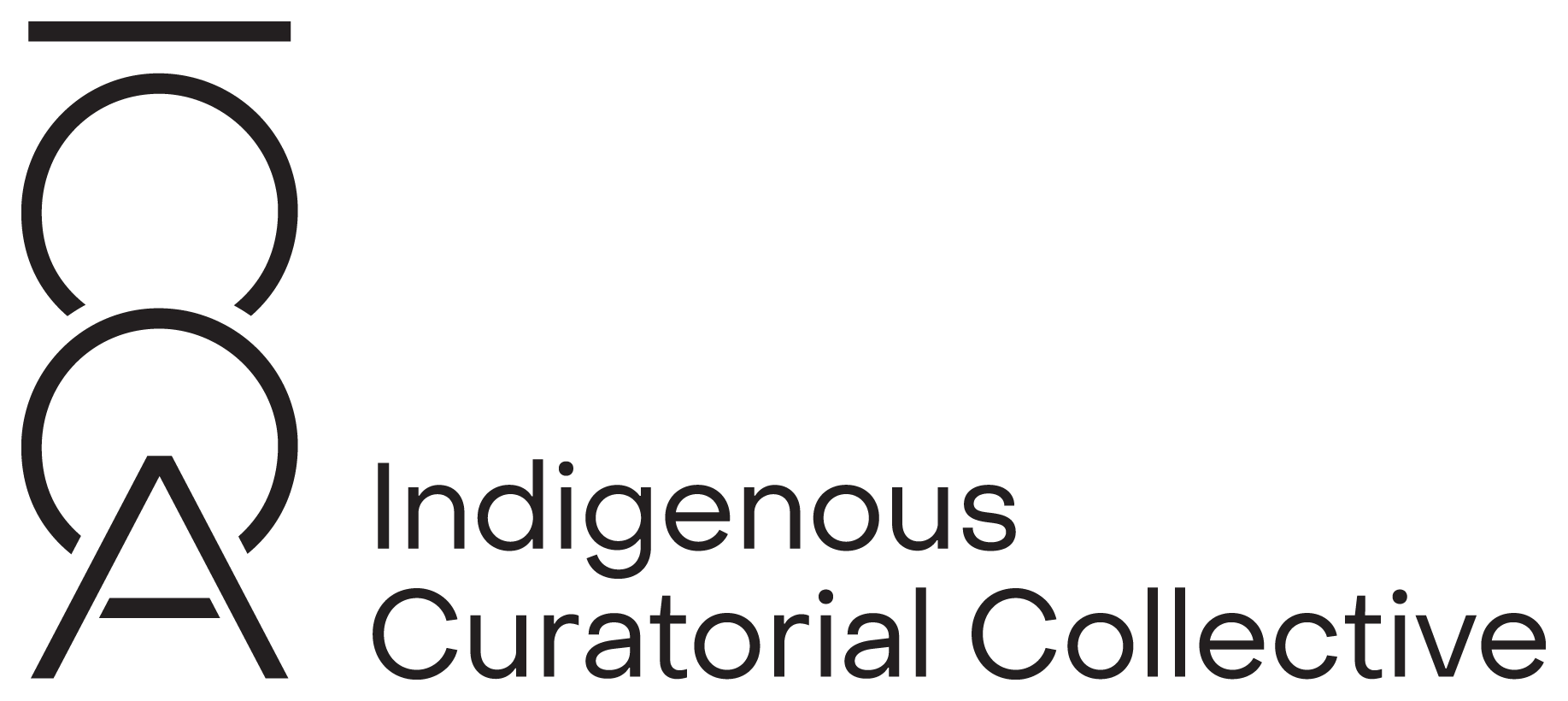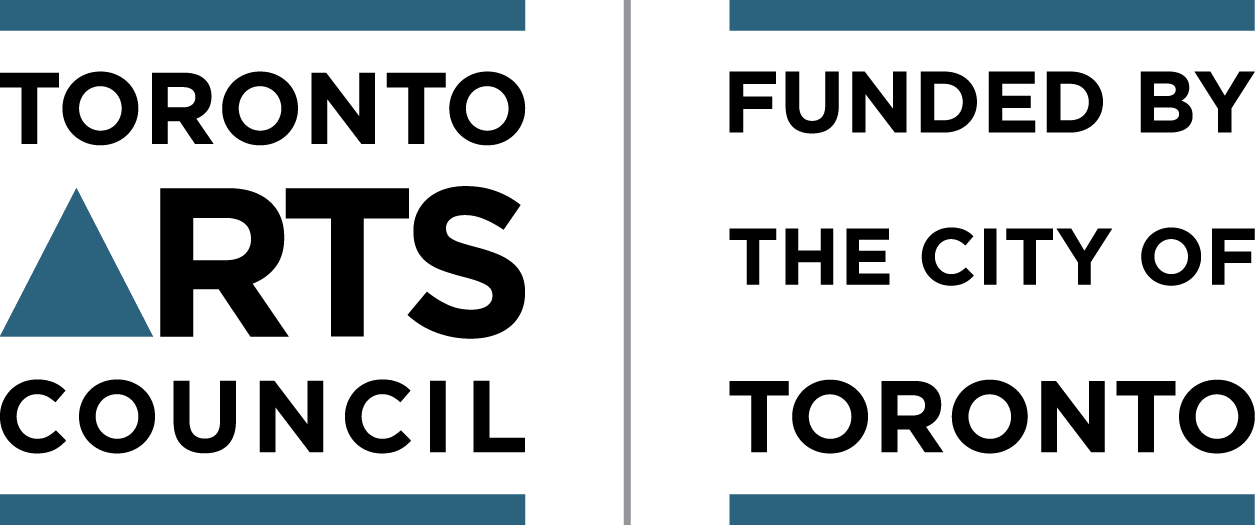Interview with Christi Belcourt, contributing artist and coordinator for Walking With Our Sisters
More than 600 Indigenous women and girls in Canada have gone missing or have been murdered in the past 20 years. Many have vanished without a trace with little concern for their disappearance or murder paid by the media, the general public, politicians and even law enforcement. This is a travesty of justice.
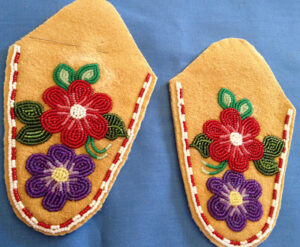
Moccasin Vamps, Betty Inglis of Fairbanks, Alaska
Christi Belcourt is the coordinator and a contributing artist for Walking With Our Sisters: A Commemorative Art Installation for the Missing and Murdered Indigenous Women of Canada. This exhibition will commence in August 2013 and travel throughout Canada. In this interview Belcourt describes her motivation to create this project and the rallying force of Facebook, how people can get involved, and some of the challenges she has faced.
What inspired you to create Walking With Our Sisters?
I am working on a new series to honour our grandmothers, ancestors and women. I was thinking about that, and then seeing just the sheer numbers of missing Indigenous women that are posted on Facebook, and somehow the idea just blended together. At first, I did a quick calculation to see how long it would take me to do the piece myself and I figured it would take several lifetimes for me to bead that much; I’m not a fast beader. So I just started sending out Facebook messages to everyone on my friends list and the response was immediate. Within days I had over 200 people who said they would do a piece and it just very quickly turned into a large collaborative piece. The name for the piece came from Louise Profeit in a Facebook response. I also started receiving input from other artists and inquiries about how to get the exhibition into their communities and so I also realized early on that this project was going to be entirely artist-driven.
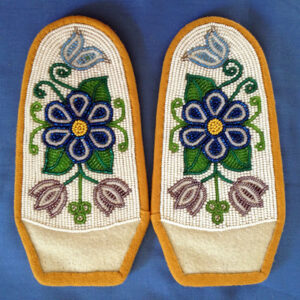
Moccasin Vamps, Florence Moses of Mayo, Yukon
Most of the people who are on the list of artists have indicated that they will work with variations of what we could call “traditional” materials. Most vamps will be beadwork, but others will be embroidered or maybe quillwork on either wool (sometimes called stroud) or hide. But there are several others that will be doing more contemporary pieces using a variety of materials. There are a handful of artists that will paint on canvas, I know one from Norway will weave a pair and I believe there may be a pair done in clay. For professional artists working in contemporary works, I am very open to accepting any medium they choose, as long as they generally adhere to the approximate size found in the template. However, that said, I welcome shapes and sizes of vamps that would be typical of geographic and cultural styles as long as they are conducive to adult-sized moccasins from their region.
So far the locations for the tour are Haida Gwaii, BC; Maple Ridge, BC; Regina, SK; Parry Sound, ON; Winnipeg, MB; Aurora, ON; Batoche, SK; Saskatoon, SK; Thunder Bay, ON. I have had some inquiries about bringing it to the U.S.A. and I think that would be fitting because this issue exists for Indigenous women in the U.S. A. as well. I’m expecting that the tour will also include exhibitions in Ottawa, Montreal, Kahnawake and other sites. The interesting thing about the tour is that I am not organizing it, only assisting with scheduling. As I mentioned, this entire project is 100% artist-driven. So the sites we have booked already were because artists “on-the-ground” so to speak, wanted the exhibition in their community and organized with their local galleries to book it in their location. So this tour is wide open for anyone to bring it anywhere. And because we are dealing with a commemoration of the lives of the women who have been murdered or missing, I’m also incorporating a few aspects into the organizing of the tour and the exhibition that are in keeping with traditional approaches and protocols of respect. Such as the organizing artist will be the “keeper” of the “bundle” of work when it arrives to them. They will work with the gallery to ensure that the traditional aspects, such as cedar and tobacco, will be incorporated and done in a traditional way.
For now, there are three ways people can get involved: they can organize to bring the tour to their community; they can make a donation towards the purchase of the cloth (I’m trying to do this without government funding where possible); they can speak to their local media to try to raise awareness – basically talk about the project.
I often think about the impact that Phil Fontaine had on the nation when he disclosed about the abuse he suffered in residential school while he was Grand Chief of the Assembly of Manitoba Chiefs. Many people had spoken out about the abuses at Residential Schools, but when he spoke to the media about it, the rest of Canada became aware. What I’m hoping this exhibition will do, with the scope of the work, the amount of artists combined and with audience participation, is that it will contribute in a positive way to the dialogue about this issue.
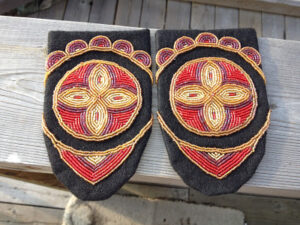
Moccasin Vamps, Nathalie Bertin – Métis
Do I believe that art has the power to shift and transform the ways people think? Yes. Do I believe that the media does not sufficiently cover the news stories of the women who are missing or who have been murdered? Yes.
What I hope this work will do, is that it will compliment the work being done, that has been done for years now, by women’s organizations and Indigenous organizations and the families of the victims in order to shift public consciousness towards this issue.
There are approximately 648 artists currently on the list of artists. I don’t know if we will receive work in the end by all of them as the due date of July 15, 2013 is still a ways away, and there may be personal reasons that come up. But my goal is to reach at least 600 pairs. 600 is the minimum number put forward as the number of women who have gone missing or who have been murdered, and there may be more than that, going back long before the 1960’s. I will accept as many pairs of vamps as come in. There is no limit.
Whitehorse, Yukon,
March 12 – May 15, 2015.
The scope of the exhibition and the tour is huge. On the upside, there are so many artists and curators involved that together I’m sure it’s all going to work out. The main challenge at the moment is figuring out a way to do this without government funding, so I’m a bit nervous about getting enough funds for the cloth and I’d like to have a catalogue.
One of the challenges for when the work is installed will be how to lay it out on the cloth. As I mentioned, audience interaction with the work is an integral part to the piece. Cedar will be placed on the gallery floor. Over that, the entire gallery floor will be covered with cloth, including a winding path of cloth in a different colour than the cloth underneath. The vamps will be placed on the path.At the beginning of the “path” there will be tobacco available to pick up and carry. And at the end there will be a container to deposit the tobacco – much like placing tobacco on a sacred fire (the tobacco will be burnt after each exhibition). Audience members will remove their shoes and walk alongside the path of vamps. The path will be configured to suit each different space of the gallery and it will be around 300 feet in length, but that can be adjusted for each space. I anticipate that as people walk along the cloth, it will shift and need to be adjusted each day, perhaps a couple times a day. So that will be a challenge because of the audience interaction with the work.I think another challenge will be how to engage the general public and how to partner with Aboriginal organizations that are doing this work and taking the lead about raising awareness of this issue. But I am generally optimistic about the whole thing because of the amazing talent being pooled into this one piece.
The unfinished moccasins represent the unfinished lives of the women – lives cut short. So no they won’t be sewn into full moccasins.
Will the vamps be created into full moccasins? Is there a symbolic reason as to why there are only vamps and not full moccasins?
I’d like to add that I freely admit I am not a curator. I don’t have a lot of experience in working with galleries. I really encourage anyone who wants to be involved to take ownership of it. Each person can be involved as much or as little as they wish. Together, we will make this great.
Images provided courtesy of Christi Belcourt and the artist contributors. Interview by Gloria Bell.
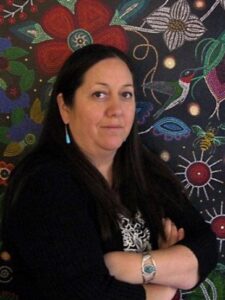 Christi Belcourt (apihtâwikosisâniskwêw / mânitow sâkahikanihk) is a visual artist, designer, community organizer, environmentalist, social justice advocate, and avid land-based arts and language learner.
Christi Belcourt (apihtâwikosisâniskwêw / mânitow sâkahikanihk) is a visual artist, designer, community organizer, environmentalist, social justice advocate, and avid land-based arts and language learner.
Christi is a visual artist with a deep respect for the traditions and knowledge of her people. Like generations of Indigenous artists before her, she celebrates the beauty of natural world while exploring nature’s symbolic properties. Following the tradition of Métis floral beadwork, Belcourt paints in dots and uses the subject matter as metaphors for human existence to relay a variety of meanings which include concerns for the environment, biodiversity, spirituality and awareness of Métis culture.
Christi has also organized several large national community-based projects of note including Walking With Our Sisters which was a national touring commemoration in honour of Murdered and Missing Indigenous women, girls and two-spirit people, the Willisville Mountain Project a community arts project which resulted in Vale Mining agreeing to not quarry the mountain.
 Gloria Bell’s research and teaching examines visual culture focusing on Indigenous arts of the Americas, primarily from the nineteenth century through to contemporary manifestations. Currently, her research focuses on exhibition histories of First Nations, Métis and Inuit arts in the early twentieth century in Italy, Global Indigenous studies, decolonizing and anti-colonial methodologies, materiality studies, global histories of body art, and the importance of art as living history.
Gloria Bell’s research and teaching examines visual culture focusing on Indigenous arts of the Americas, primarily from the nineteenth century through to contemporary manifestations. Currently, her research focuses on exhibition histories of First Nations, Métis and Inuit arts in the early twentieth century in Italy, Global Indigenous studies, decolonizing and anti-colonial methodologies, materiality studies, global histories of body art, and the importance of art as living history.
